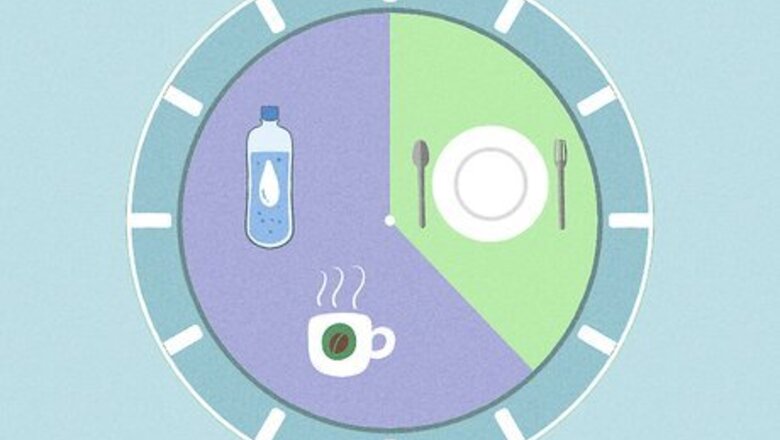
views
X
Research source
Choosing a Fasting Schedule
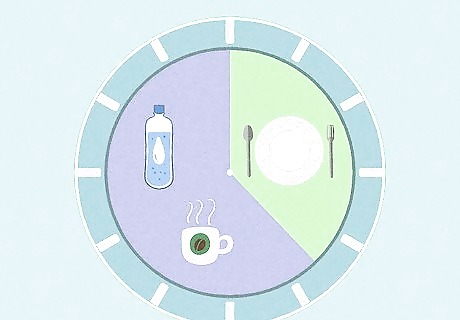
Try a daily intermittent fasting schedule throughout the day. Choose an “eating window” for yourself, or a chunk of the day where you’ll be eating all your calories for the day. For the rest of the day, fast until you reach the beginning of your eating window again. Many people fast for 16 hours and eat food for 8 hours, but you can make your fasting period longer or shorter if you like. For an easier schedule, you can fast for 14 hours and eat for 10 hours. You can maintain an intermittent fasting lifestyle indefinitely.
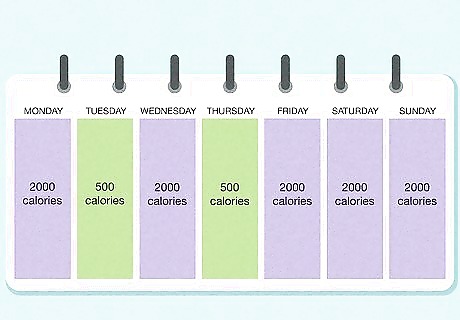
Follow the 5:2 fast schedule if you don’t want to fast every day. Eat as you normally would for 5 days out of the week, enjoying keto-friendly foods along the way. After 5 days of eating normally, lower your calorie intake a lot for 2 days. Once the fasting period is over, continue eating normally again or another 5 days. This fast is pretty intense, and may not be suitable for everyone. Talk with your doctor before trying any long fasts. On your “fasting days,” you’ll only eat or drink a total of 500-600 calories.
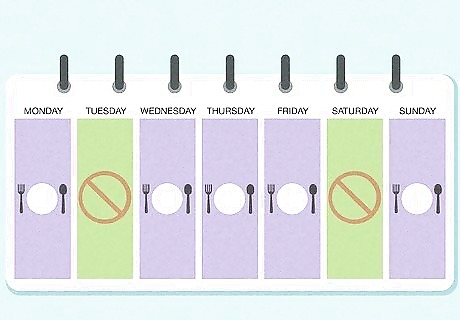
Try alternate-day fasting throughout the week. Eat normally for 1 day, then take a full day to fast. Return to your normal eating schedule again, then switch to fasting for another day. Ideally, don’t do more than 2 fasts during the week while on an alternate-day fasting schedule. For example, if you ate normally on Monday, you can fast completely the following day. Eat normally again on Wednesday, then take to fasting on Thursday. Try to maintain your usual low-carb eating habits during the week. If you don’t want to commit to a total fast, you can limit your calories on your fasting days.
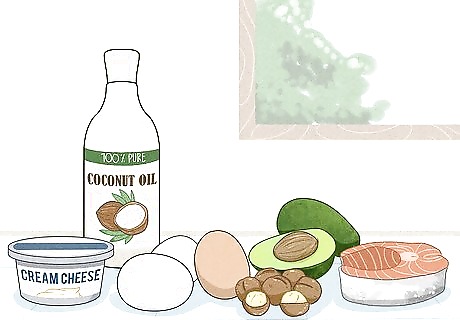
Give fat fasting a try to speed up ketosis. Fill your meals and snacks with only foods that are high in fat, like avocados, coconut oil, cream cheese, and macadamia nuts. Eat only high-fat foods for 3 days if you’re having trouble losing some weight and are trying to speed up the ketosis process. Use this fasting method as a short-term solution to help you reach your weight loss goals. Don’t try fat fasts super frequently. They’re a good option if you haven’t lost any more weight for at least 2 weeks. Foods that are high in healthy fats can also be a great snack during your meal window if you're struggling with sugar or carb cravings.
Following the Keto Diet Daily
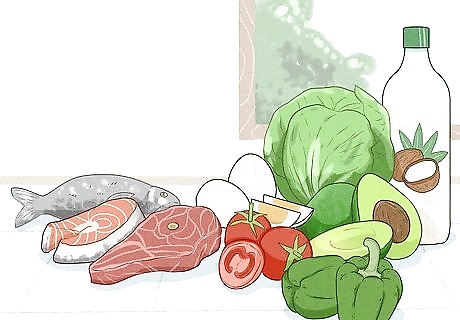
Eat keto-friendly foods throughout your eating period. Help guide your body to ketosis by eating a variety of foods approved for the keto diet. Focus on protein-rich foods like seafood, meat, and eggs, along with cheeses, above-ground vegetables, and nuts. Incorporate these foods into your eating window, which will help you maintain a state of ketosis. Since this is a low-carb diet, try to avoid most carbs, fruits, starches, and sugars.

Drink unsweetened or calorie-free beverages during your fast. Reach for a glass of water, or any other drink that doesn’t have any calories, like tea or black coffee. Try to diet drinks, since they’re chock full of artificial sweeteners. If you’re on the 5:2 fasting schedule, you have a little more wiggle room.
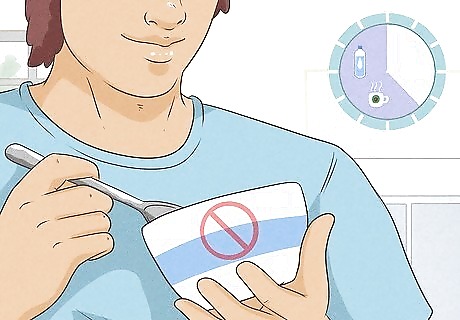
Don’t eat anything during your fasting period. Try to resist any hunger pangs that arise, no matter how strong they are. Remind yourself that you’ll be able to eat soon, and that the fasting period will help you maintain a state of ketosis. As you reach ketosis, these fasting periods will become easier to deal with. The only exception to this is the 5:2 diet, where you only eat 500-600 calories on your fasting days.
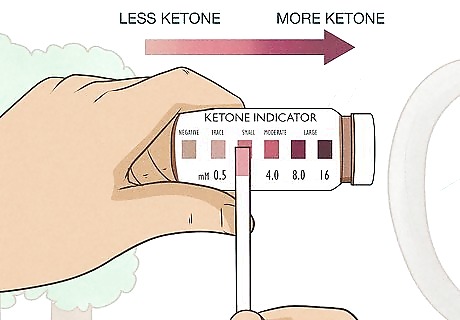
Test yourself to see if you’re in a state of ketosis. Check your blood, urine, or breath with a test kit or device to see the ketone levels in your blood, which let you know if you’re in ketosis or not. If your test readings are anywhere between 1.5 millimolar (mM) and 3.0 mM, then you’re in a state of ketosis. You can find these test kits or devices online, or at any store selling health supplies.
















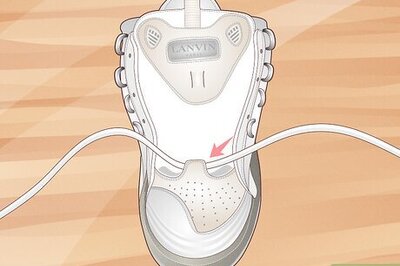


Comments
0 comment